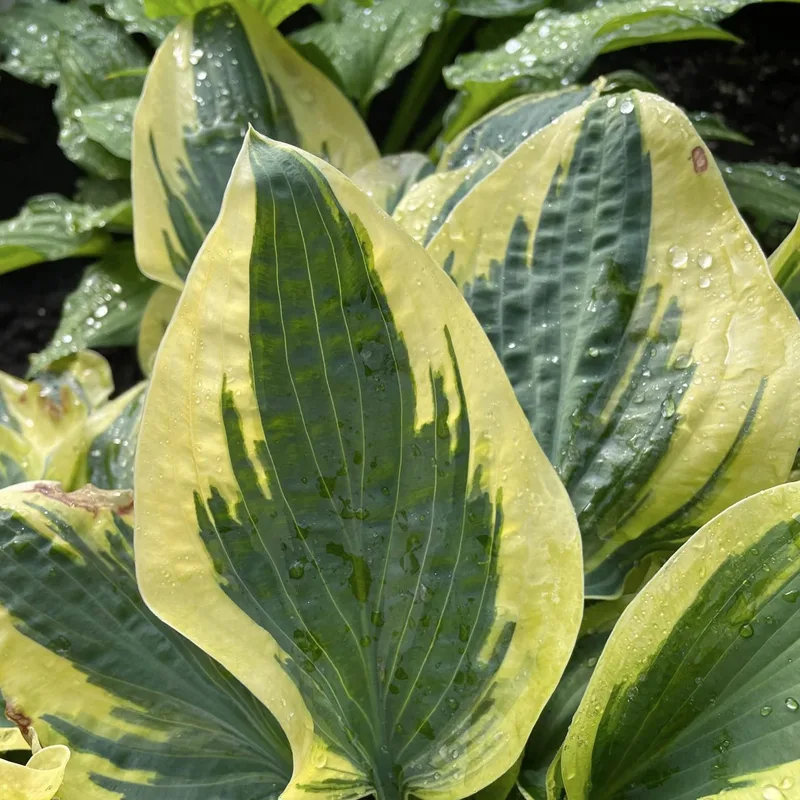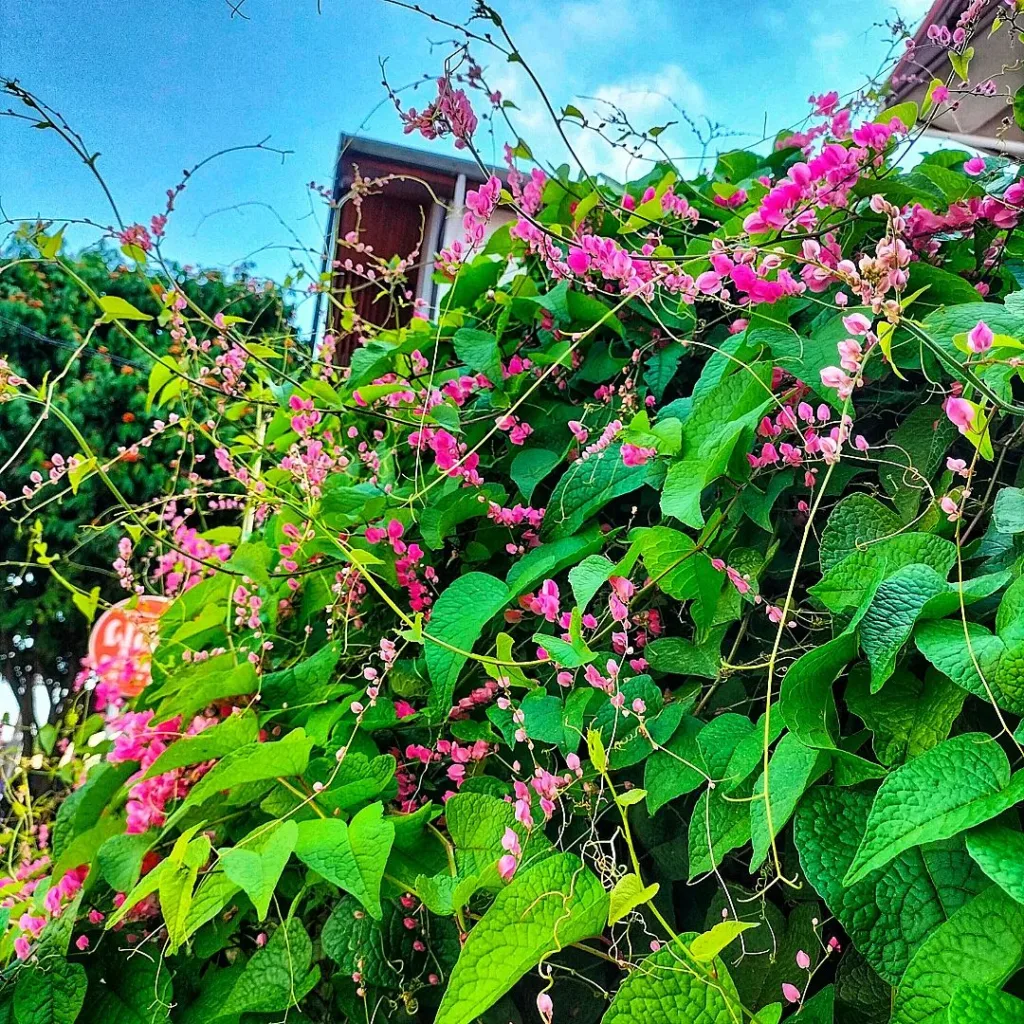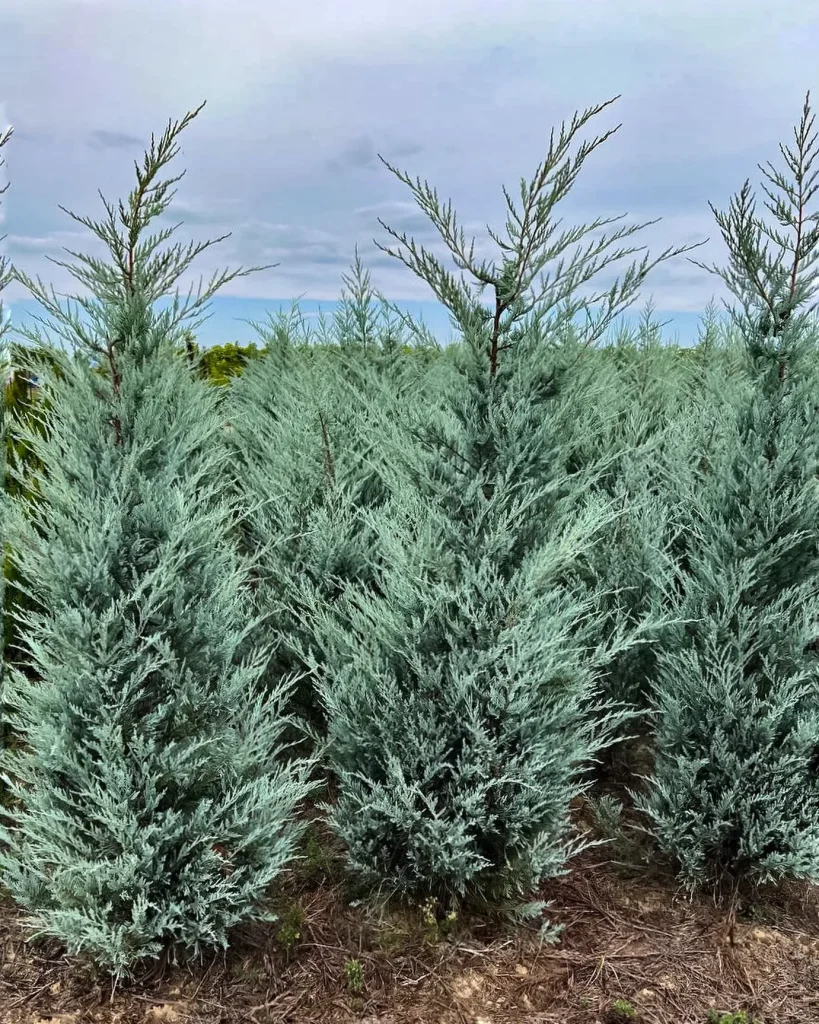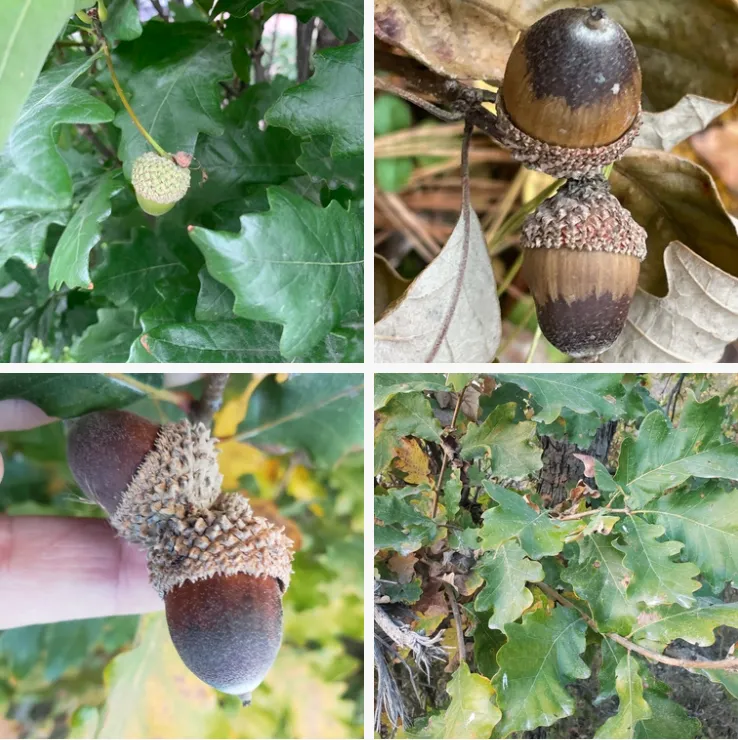Calathea Shining Star vs Medallion
Shining Star’s delicate white markings feel like starlight against its deep green leaves, while Medallion’s broader, more pronounced patterns give it a regal, almost ancient vibe.
Calathea Medallion vs Marion
Medallion’s vibrant, intricate leaf patterns are stunning, but Calathea Marion‘s deep purple undersides add an unexpected pop of color that really stands out in my collection.
59 Species in Genus Calathea
Calathea Medallion vs Roseopicta
Medallion’s symmetrical patterns are like nature’s artistry, but Calathea Roseopicta‘s almost painted appearance with its pink tones and darker green edges gives it a unique, almost surreal beauty.
Calathea Medallion vs Dottie
Medallion’s leaf design is mesmerizing, but Calathea Dottie‘s delicate pink stripes against its deep green leaves add a playful elegance that’s hard to resist.
How big does a calathea medallion get?
The size of a Calathea medallion can vary depending on its environment and care, but they typically grow to around 1 to 2 feet in height and width. Mine has reached about 18 inches tall with a similar spread, creating a lush and compact display of its striking foliage.
How often to water calathea medallion?
I’ve found that watering my Calathea medallion regularly is crucial to keeping it healthy and vibrant. I aim to keep the soil consistently moist but not waterlogged, allowing the top inch or so of the soil to dry out slightly between waterings. I typically water mine about once a week, adjusting as needed based on environmental conditions and the plant’s response.
How to care for calathea medallion?
Caring for my Calathea medallion involves providing it with the right conditions to thrive. It prefers bright, indirect light and thrives in a warm, humid environment. I keep mine near a north-facing window where it receives filtered sunlight throughout the day, and I occasionally mist its leaves to increase humidity.
How to propagate calathea medallion?
Propagating Calathea medallion can be done through division during repotting. I carefully separate the plant into smaller sections, ensuring each section has healthy roots and several stems. I then pot these divisions in fresh soil and provide them with the same care as the parent plant.
Is calathea medallion toxic to cats?
As far as I know, Calathea medallion is considered non-toxic to cats. However, it’s always a good idea to monitor your pets around houseplants and seek veterinary attention if you notice any signs of ingestion or adverse reactions.
When to repot calathea medallion?
I typically repot my Calathea medallion every 1 to 2 years or when it outgrows its current pot. Signs that it may need repotting include roots growing out of the drainage holes or becoming pot-bound, which can restrict growth. I choose a pot that is slightly larger than its current one and use a well-draining potting mix to ensure good drainage.
Do calathea medallion flower?
Calathea medallion does produce small white or yellow flowers, although they are relatively inconspicuous compared to its striking foliage. I’ve rarely seen mine flower indoors, as it typically requires specific environmental conditions to bloom.
How to repot calathea medallion?
When repotting my Calathea medallion, I gently remove it from its current pot, teasing apart any tangled roots and inspecting them for signs of damage or rot. I then place it in the center of the new pot and fill in around it with fresh potting soil, making sure the soil level remains consistent with its previous planting depth.
How to save overwatered calathea medallion?
To save an overwatered Calathea medallion, I first remove it from its pot and inspect the roots for signs of rot or damage. I trim away any mushy or discolored roots and allow the plant to dry out slightly before repotting it in fresh, well-draining soil. I then adjust my watering routine to prevent future overwatering and monitor the plant closely for signs of recovery.
Is calathea medallion poisonous to dogs?
As far as I know, Calathea medallion is not considered toxic to dogs. However, it’s always best to monitor your pets around houseplants and seek veterinary attention if you notice any signs of ingestion or adverse reactions.
Why are my calathea medallion leaves curling?
Curling leaves on a Calathea medallion can be caused by various factors, including underwatering, overwatering, low humidity, or exposure to direct sunlight. I typically adjust my care routine to address the specific cause, such as increasing humidity levels or adjusting watering frequency, to help the plant recover.
Why is my calathea medallion drooping?
Drooping leaves on a Calathea medallion can indicate underwatering, overwatering, or environmental stress. I usually check the soil moisture level and adjust my watering routine accordingly, making sure not to let the plant sit in waterlogged soil. Providing a humid environment and avoiding direct sunlight can also help prevent drooping leaves.
Why is my calathea medallion turning brown?
Brown leaf edges or tips on a Calathea medallion are often a sign of low humidity, underwatering, or exposure to dry air or drafts. I usually increase humidity levels around the plant by misting its leaves or using a humidifier, and I make sure to water it consistently to prevent the soil from drying out completely. Avoiding direct sunlight and drafts can also help prevent leaf browning.
If i die, water my plants!



